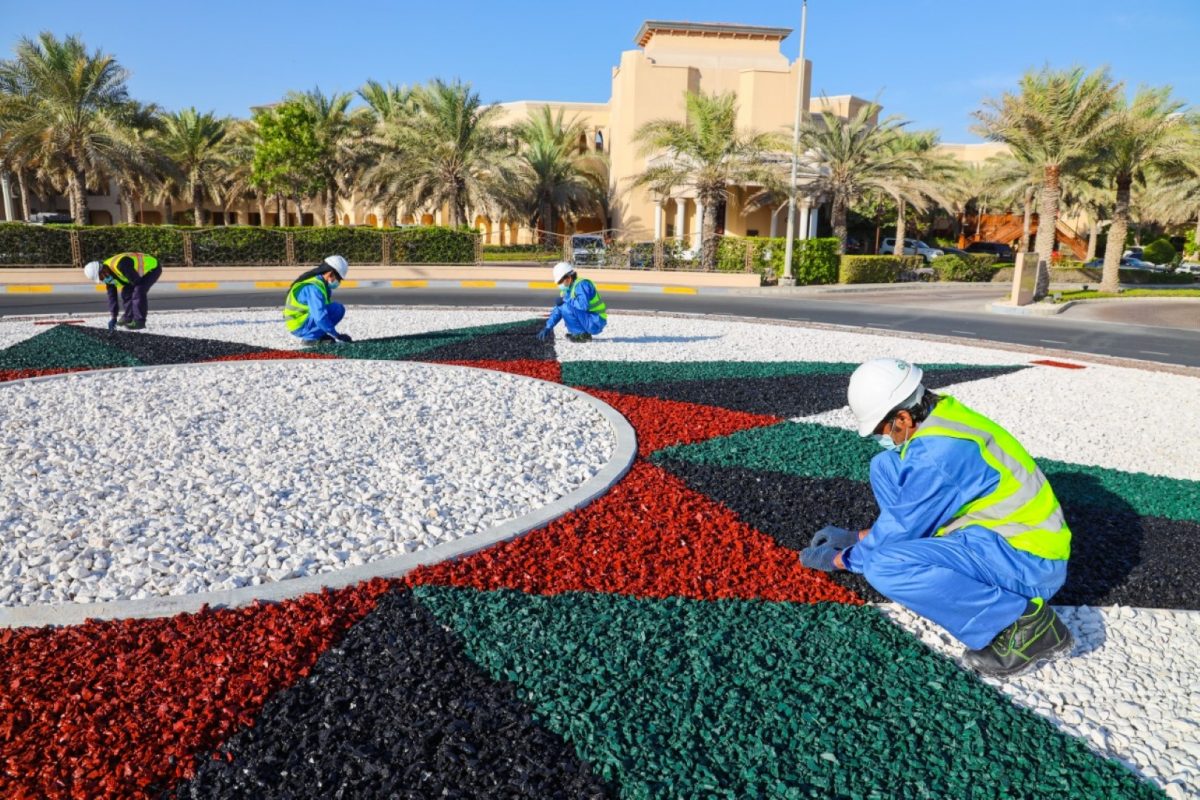Upcycled Wonders: Sustainable Landscaping with Repurposed Materials


Upcycled Wonders: Transforming Landscapes with Sustainable Materials
Landscaping has evolved beyond the traditional use of materials, paving the way for sustainable practices that contribute to a greener planet. One innovative approach gaining traction is the use of upcycled materials in landscaping designs. From repurposed wood to recycled metal, the possibilities are endless, offering both aesthetic appeal and environmental benefits.
Revitalizing Outdoor Spaces
Upcycled materials breathe new life into outdoor spaces, bringing a unique charm to gardens, patios, and other landscaped areas. Weathered pallets find new purpose as rustic garden furniture, while discarded metal pieces are transformed into artistic sculptures. The revitalization of outdoor spaces with upcycled materials not only adds character but also reduces the environmental impact of landscaping projects.
Eco-Friendly Hardscaping Solutions
Traditional hardscaping materials often contribute to environmental degradation, but upcycled materials offer a sustainable alternative. Bricks salvaged from demolished structures can be repurposed for pathways, retaining walls, and other hardscaping elements. This not only reduces the demand for new materials but also minimizes waste in landfills, aligning landscaping practices with eco-friendly principles.
Creative Planters from Repurposed Objects
Give your plants a unique home by using upcycled objects as planters. Old tires, wooden crates, and even vintage containers can be transformed into creative and eye-catching plant vessels. This not only adds a touch of whimsy to your garden but also promotes the reuse of materials that might otherwise end up as discarded waste.
Sustainable Water Features
Water features are a popular addition to many landscapes, but their environmental impact is often overlooked. By incorporating upcycled materials into the design of ponds, fountains, and other water elements, you can create sustainable focal points. Reclaimed stone, salvaged metal, and repurposed wood can be skillfully integrated to enhance the beauty of the water feature while minimizing the ecological footprint.
Reducing Carbon Footprint with Upcycled Landscaping
Upcycled landscaping is not only visually appealing but also contributes to the reduction of carbon footprint. By using materials that have already been produced, upcycled landscaping minimizes the energy and resources required for manufacturing new products. This approach aligns with the global effort to combat climate change and promotes responsible consumption.
Community Engagement and Upcycled Landscaping Projects
Engage your community in sustainable practices by organizing upcycled landscaping projects. Encourage neighbors to donate unused materials, and collaborate on transforming shared spaces. This fosters a sense of environmental responsibility and community pride, as well as creating aesthetically pleasing communal areas.
Educational Opportunities for Upcycled Landscaping
Educational initiatives centered around upcycled landscaping can empower individuals to make environmentally conscious choices. Workshops, seminars, and online resources can provide valuable insights into the benefits of using upcycled materials in landscaping projects. This knowledge not only inspires creativity but also instills a sense of responsibility towards the environment.
Supporting Local Artisans and Upcycled Materials
Many local artisans specialize in creating unique pieces from upcycled materials. Supporting these craftsmen not only adds distinctive elements to your landscaping but also contributes to the local economy. By choosing handmade upcycled items, you become part of a movement that values sustainability, craftsmanship, and the preservation of traditional skills.
Upcycled Materials Landscaping: A Link to a Sustainable Future
Explore the endless possibilities of upcycled materials in landscaping and be a part of the sustainable living movement. Upcycled landscaping not only enhances the visual appeal of outdoor spaces but also serves as a tangible link to a more eco-conscious future. To learn more about incorporating upcycled materials into your landscaping projects, visit Upcycled materials landscaping.
In conclusion, the utilization of upcycled materials in landscaping is a powerful and creative way to contribute to a sustainable future. From transforming outdoor spaces to reducing carbon footprints, the adoption of upcycled landscaping practices has far-reaching benefits. Embrace the beauty of sustainable design, and let your landscaping project become a testament to responsible and environmentally conscious living.







